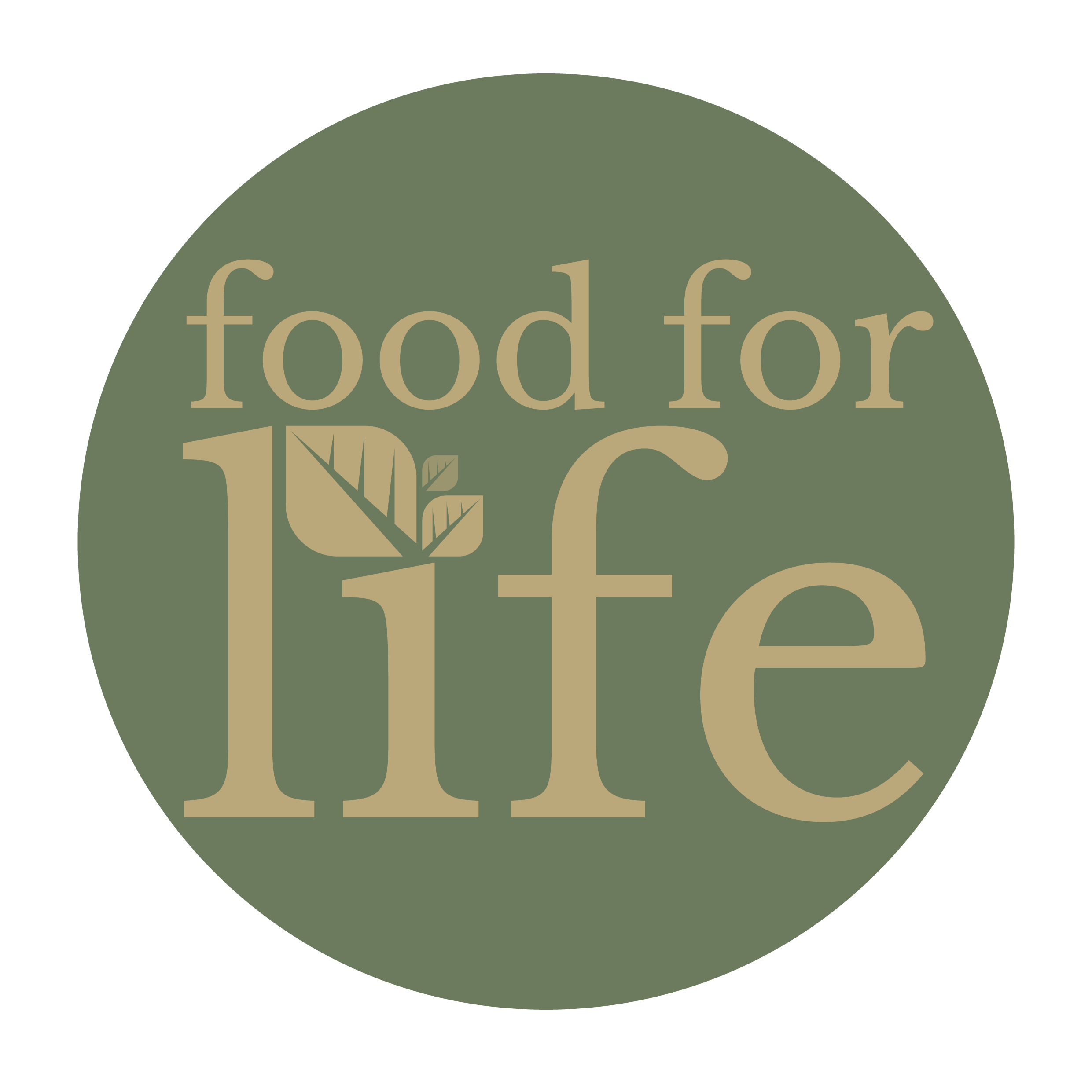Living a Low Toxic Life
Common household toxins that could be affecting your health.
6 easy tips for how you can reduce your exposure.
Low Tox living isn’t just a ‘feel good fad’, it is based on science. Understanding how chemicals in our household products, food packaging and environment influences our health is important to assist in creating change.
What 2019’s research is revealing about the negative effects of exposure to household toxins.
Currently we are seeing 1 in 4 couples with fertility issues, this is an alarming number and increasing. In addition, women are being diagnosed with PCOS, Endometriosis and hormonal abnormalities. We must start really thinking about what is going on.
Many chemicals such as BPA, Phthalates, Parabens, and Triclosan are just a few endocrine disrupting chemicals we see in household products. They interfere with the synthesis, secretion, transport, binding, action or elimination of natural hormones in the body. Hormones are the messengers that control most of our body’s major systems from regulating our heart rate to the efficiency of our metabolism. Continual exposure to chemicals can damage and disrupt the important functions of our hormones having a detrimental and long-lasting impact on our health.
One study explored the impact of plastics on animals, specifically BPA. The results reflected early onset of sexual maturation in females, decreased plasma testosterone in males, increased prostate in male offspring, decreased sperm production and fertility in males, stimulation of the development of the mammary gland in female offspring, significant disruption of chromosome alignment during puberty, increased mortality of embryos, alterations in immune function as well as many more. Behavioural effects have also been widely observed such as hyperactivity, increased aggression, impaired learning, reversal of normal sex differences and elimination of differences between the sexes in behaviour, decreased maternal behaviour, alterations in play and sociosexual behaviour (Halden 2010).
In another study by American Centre for Disease Control and Prevention carried out a study NHANES III of 2517 participants. There were detectable levels of BPA in 93% of the urine samples collected in people of the age 6 and over (Carwile and Michel, 2011).
If you are experiencing health issues, it is worth thinking about reducing the toxic load on your body via the removal of plastic chemicals in your life.
Where is it most common to find harmful household toxins in my home?
The most common household toxins are found in our cupboards let look in each area of our home
- Pantry Plastic packaging, tins and bulk containers we store our food in.
- Kitchen Dishwashing liquid, dishwashing tablets and disinfectant spray
- Laundry Laundry powder, laundry liquid, bleach, insecticides (sprays to kill cockroaches), and household cleaning products
- Bathroom Soaps, toothpaste, shampoo, conditioner, colognes, perfumes, make up, hair products and nail polish
6 simple ways of reducing your families exposure to household toxins.
Some simple ways to reduce your exposure to endocrine disrupting hormones are
- Swapping plastic containers to glass jars or containers
- Swap Generic Soaps to Castille Soaps
- Swap standard Deodorants to natural products such as Twenty8’s Chemical Free Natural Deodorant.
- Swap commercial laundry detergent to products like Kin Kin natural laundry liquid
- Swap tinned foods to whole foods (tinned tomatoes can be changed to fresh tomatoes)
- Plastic water bottles to Glass or stainless-steel bottles
- Make your own cleaning products with essential oils such as Tea tree, lemon, eucalyptus oils. Place a few drops into a spray bottle with vinegar and water and you have your very own antibacterial spray
- Purchase low tox hair products – Everescents is currently one of the leading brands in Australia
One step at a time
Taking action at home can always be overwhelming, when I started my journey I focussed on one product at a time to swap. For examples removing majority of plastics from our pantry I slowly purchased glass jars. I then worked on another area toothpaste and trialled a few resulting in our favourite – Australian made product Grants.
We are always encouraging our clients to reduce their chemical exposure and use as many natural products as possible to gain back some natural balance in their lives and bodies, sign up to our newsletter HERE to keep up to date with the latest research and get some handy tips and tricks to create more balance in your life!
